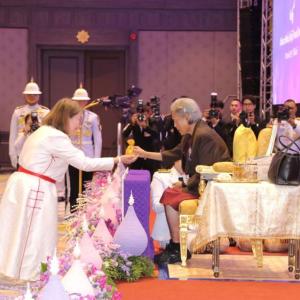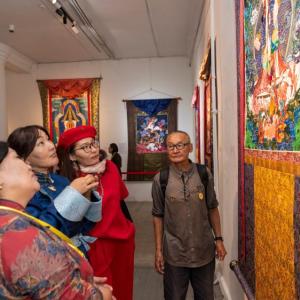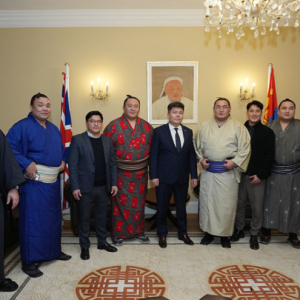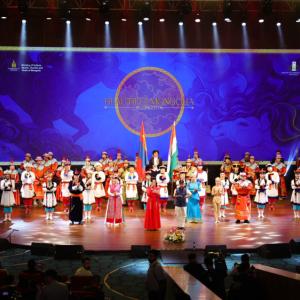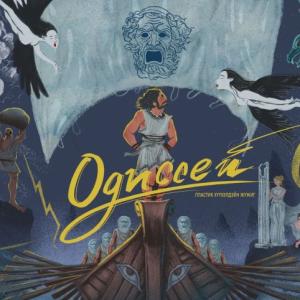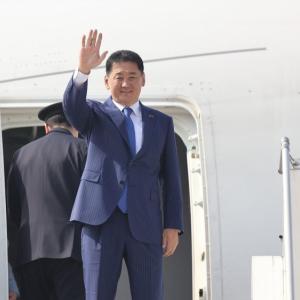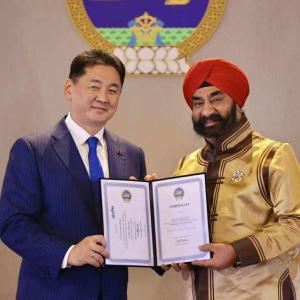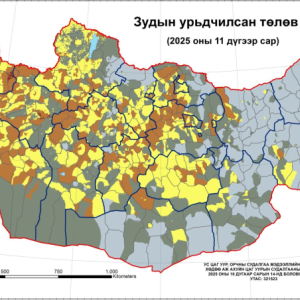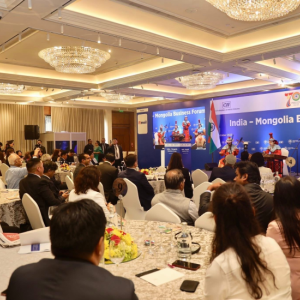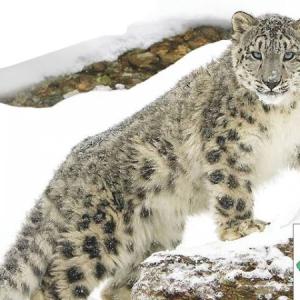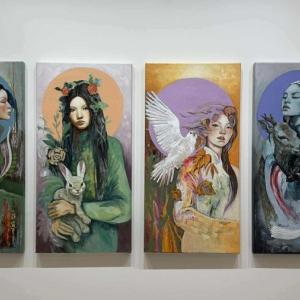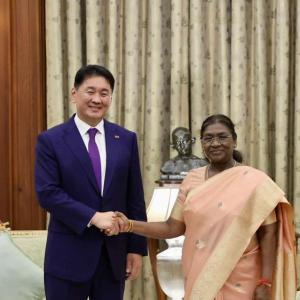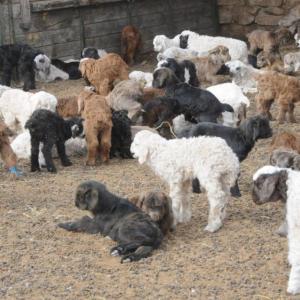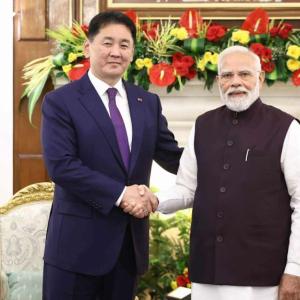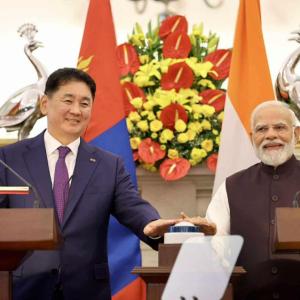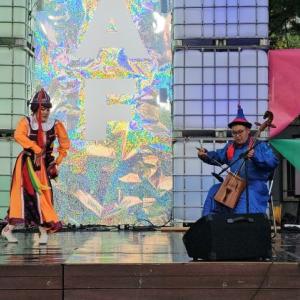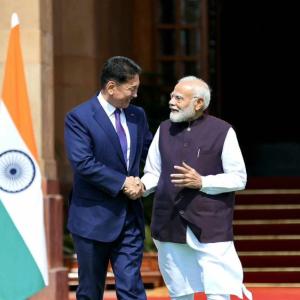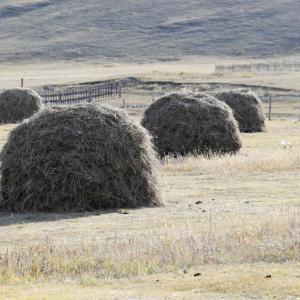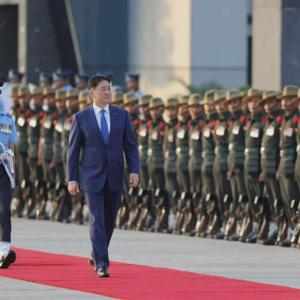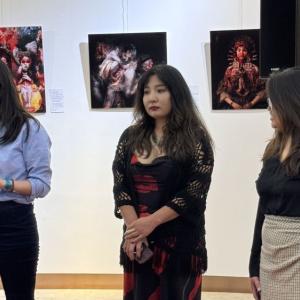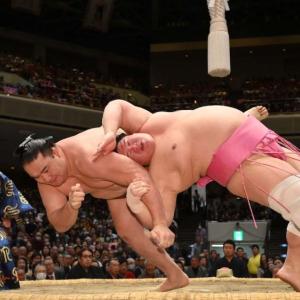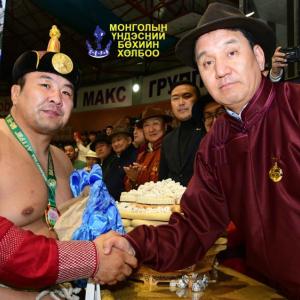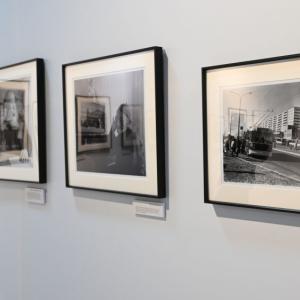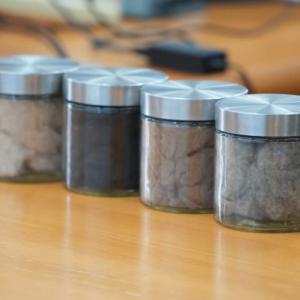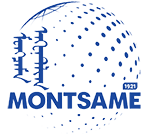Chuluun Sampildondov: The Mongolian Horse Has Long Been a Powerful Symbol of Diplomatic Tradition
Society
Ulaanbaatar, July 14, 2025 /MONTSAME/. Director of the Chinggis Khaan National Museum, Academician Chuluun Sampildondov spoke about the significance of celebrating World Horse Day and the historical role of the Mongolian horse in Mongolian and world history.
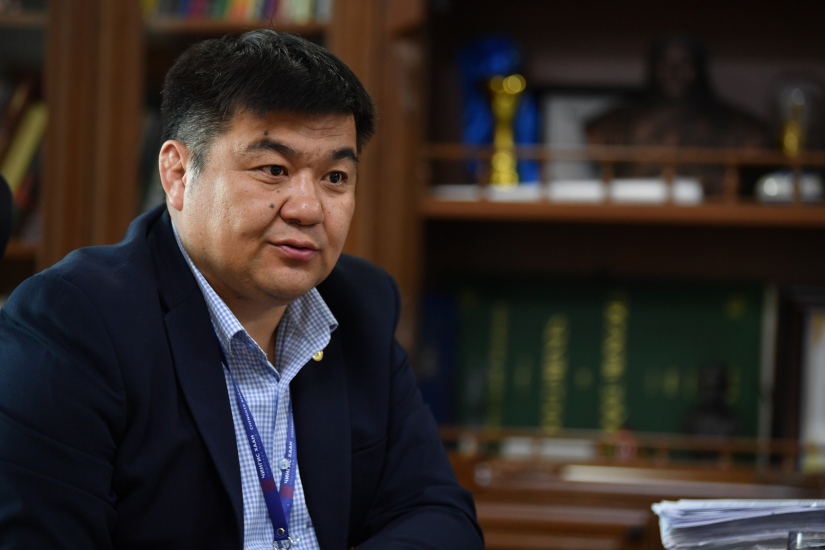
– What role have horses played in Mongolian and also in world history?
Nomadic Mongols have always revered the horse as sacred. One of the fundamental reasons for the extraordinary success of the Mongol Empire lies in the horse. One cannot imagine nomadic life without the horse, which was the fastest and most reliable means of transport in the world at the time. Historically, the Mongol nomads and military forces possessed two major strategic advantages: highly advanced long-range weaponary for their era, and the swiftest mounts. These formed the foundation of their military dominance. For over 2,000 years, the Mongols have upheld an equestrian civilization, one that transformed the nomadic way of life into a distinct and enduring form of civilization. The horse gear and equine-related rituals used during the Hunnu period have remained largely unchanged through the centuries. This continuity is a defining hallmark of Mongolian heritage. For nomadic Mongols, the horse was a central strategic asset. During the Mongol Empire, horses were capable of traversing distances of 3,000 to 5,000 kilometers, in terrains that remain difficult even for modern machines today.
– How has the Mongolian horse been reflected in diplomatic practice?
Since the 1990s, Mongolia has gifted horses during official state visits, a gesture that carries deep meaning. In Mongolian tradition, a horse is given only to the most esteemed of guests, symbolizing deep respect and goodwill. This diplomatic symbolism has a long history. In 1913, Prime Minister T. Namnansuren visited Russia and traveled from St. Petersburg to Crimea. As a token of goodwill, he presented eight white horses to Tsar Nicholas II. This tradition highlights that the Mongolian horse has long served as a powerful emblem in diplomatic relations. Thus, the horse is not only a utilitarian asset but also a symbol of peace, sovereignty, and national pride.
– This year marks the first celebration of World Horse Day in Mongolia. How do you view the importance of this day?
On this day, every horse-breeding nation takes pride in its own equine heritage-whether it is the native horses of Jeju, the reknowned Akhal-Teke of Turkmenistan, the Arabian thoroughbreds, or Russia’s Tomsk breed. Likewise, Mongolia has the opportunity to celebrate and reflect on its own equine legacy. No other horse in the world has journeyed such vast and challenging terrain - from sunrise to sunset, across the great Eurasian steppe -like the Mongolian horse. It is the only breed known to has crossed deserts, endless plains, the Caucasus Mountains, and the Tien Shan ranges and reached the Great Wall of China and beyond, even entering the Korean Peninsula. The Mongolian horse alone has fulfilled such a mission in history. We must honor our ancestors who preserved this breed in its purest form for centuries. No other nation venerates tge horse as a “shining jewel” as Mongolians do. World Horse Day is a time for all of humanity to honor the horse and for Mongolians to deepen their appreciation for the unique and enduing legacy of the Mongolian horse.
– What noteworthy archaeological discoveries related to horses have been made in recent years?
The majority of our significant archaeological discoveries are related to horses and horse gear. Recently, in Myangad soum of Khovd aimag, we uncovered the earliest known classical saddle in Central Asian history, dating back roughly 1,700 years to the Rouran Khaganate period. We also discovered a fully intact Khitan-era saddle preserved within rock formations, again in Khovd aimag. We have also excavated classical saddles from the Mongol Empire era. Last year, a solid silver saddle featuring a firebird motif—belonging to a noblewoman from the Yuan Dynasty, was unearthed in Sukhbaatar aimag. Our Museum currently houses a collection of horse saddles made of gold and even horse teeth. Mongol nobles, khans, and warriors often adorned their horses with greater extravagance than themselves, reflecting the deep reverence theiy held for these noble animals.
 Ulaanbaatar
Ulaanbaatar











